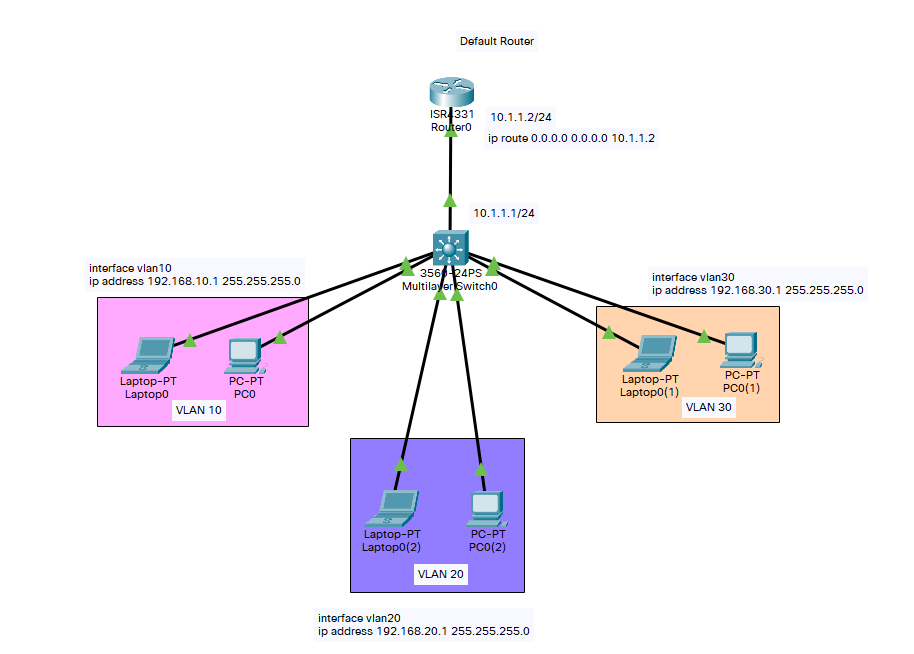


This can be useful for when a switch port is connected to the traffic analyzer or IDS. Once the command applies to all VLAN, which are included in the interface. To do this, use switchport autostate exclude command. Port can be excluded from checking the availability of the SVI-interface. After you create the corresponding VLAN, the port is able to "up down".ĭefault SVI-interface switches to "down", if all of the interfaces that go into VLAN'a "down" state.

If you create a VLAN interface, but does not create the corresponding VLAN and does not include ip routing, the port will be able to "down down". VLAN, which corresponds SVI, and there is an active switch in VLAN database SVI is not turned off administrative At least one level 2 interface belongs to the corresponding VLAN, it is in the up state and the STP forward. SVI-interface is in state up, if the three conditions are satisfied: It is, belonging to VLAN ports as one interface to the routing and switching functions in the system created when the interface vlan It supports routing protocols. must be created corresponding VLAN interface (switched virtual interfaces).To switch traffic between the VLANs, you need to:

Latency is much lower, because it does not need to leave the switchĪn SVI can also be known as a Routed VLAN Interface (RVI) by some vendors. Layer 2 EtherChannels can be used between the switches to get more bandwidth. No need for external links from the switch to the router for routing. Much faster than router-on-a-stick, because everything is hardware-switched and routed. Support bridging configurations and routing protocol. Provide Layer 3 IP connectivity to the switch. Provide fallback bridging (if required for non-routable protocols). SVIs are generally configured for a VLAN for the following reasons:Īllow traffic to be routed between VLANs by providing a default gateway for the VLAN. An SVI cannot be activated unless associated with a physical port. By default, an SVI is created for the default VLAN (VLAN1) to permit remote switch administration. There is one-to-one mapping between a VLAN and SVI, thus only a single SVI can be mapped to a VLAN. One-to-one mapping between a VLAN and SVI


 0 kommentar(er)
0 kommentar(er)
